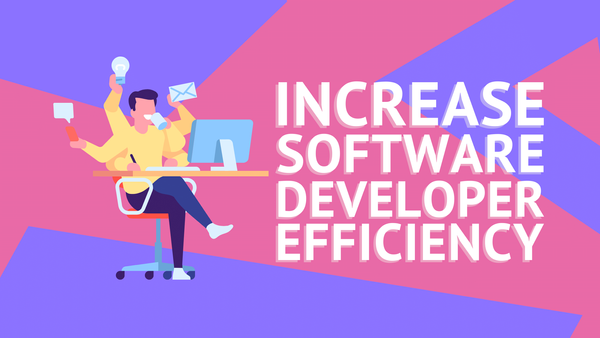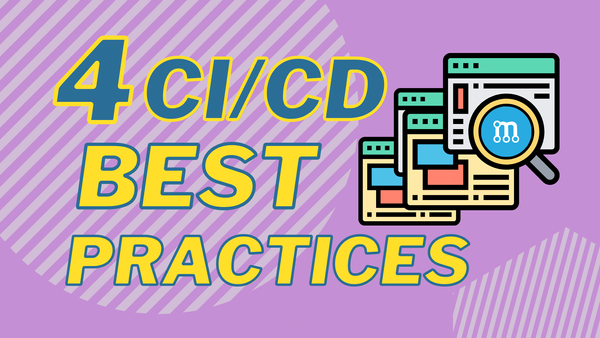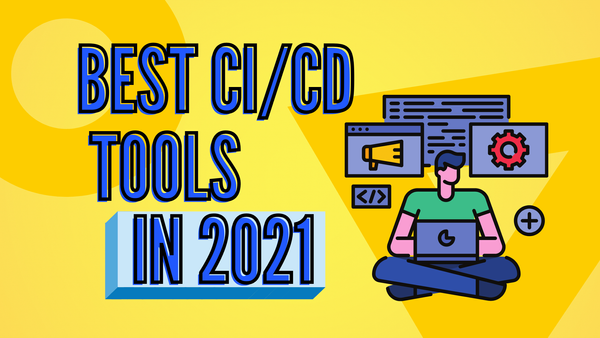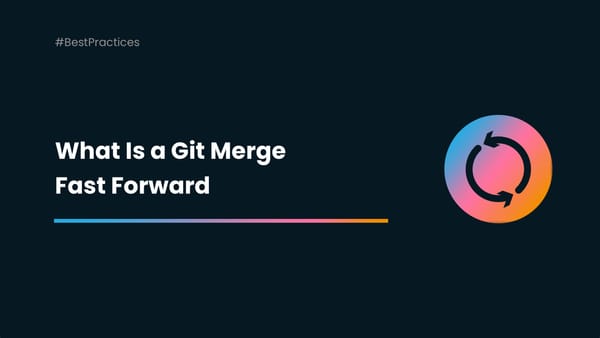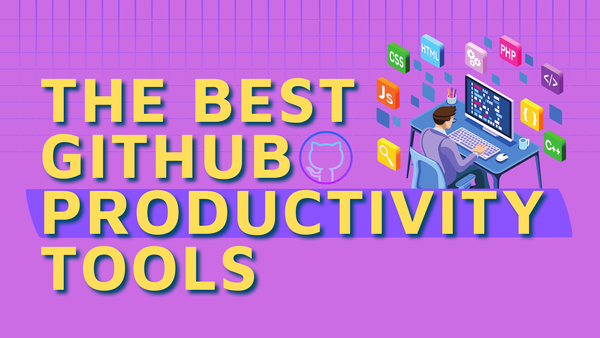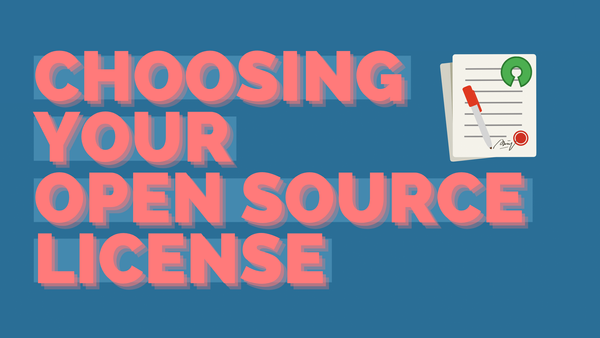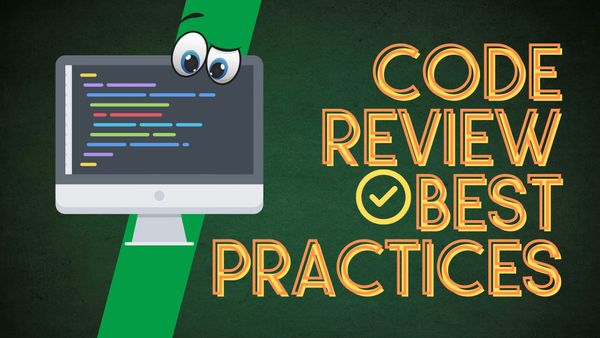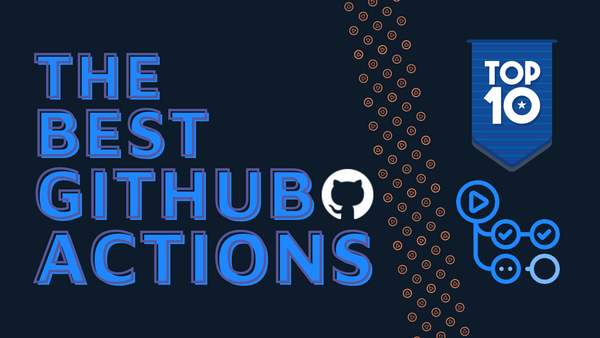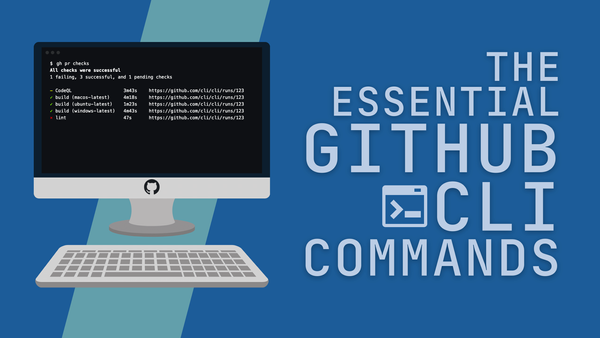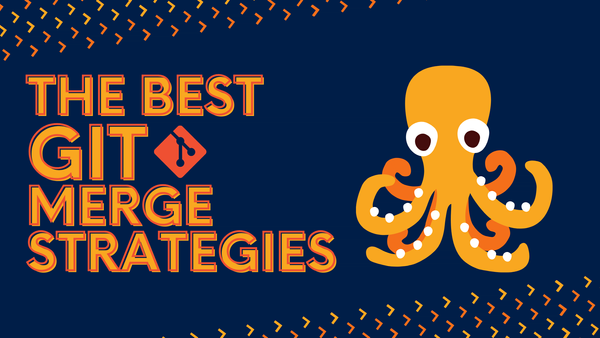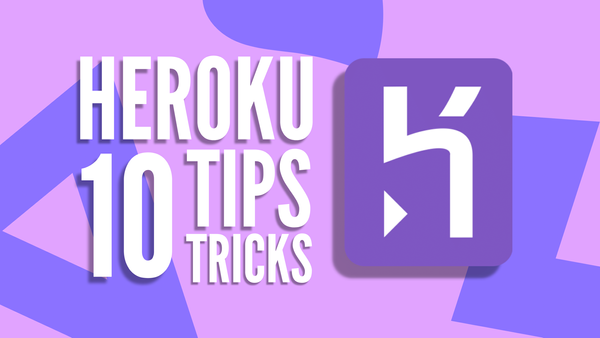
How We Do It
Our 10 Heroku Tips & Tricks
Since its inception, the Mergify [https://mergify.com] engineering team decided to focus on its product and not spend time building infrastructure. It made a lot of sense as we started as a small team of two engineers with low resources and that the first version of Mergify was an

